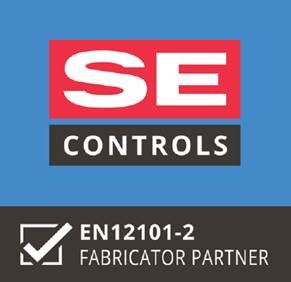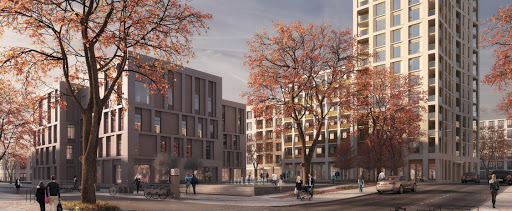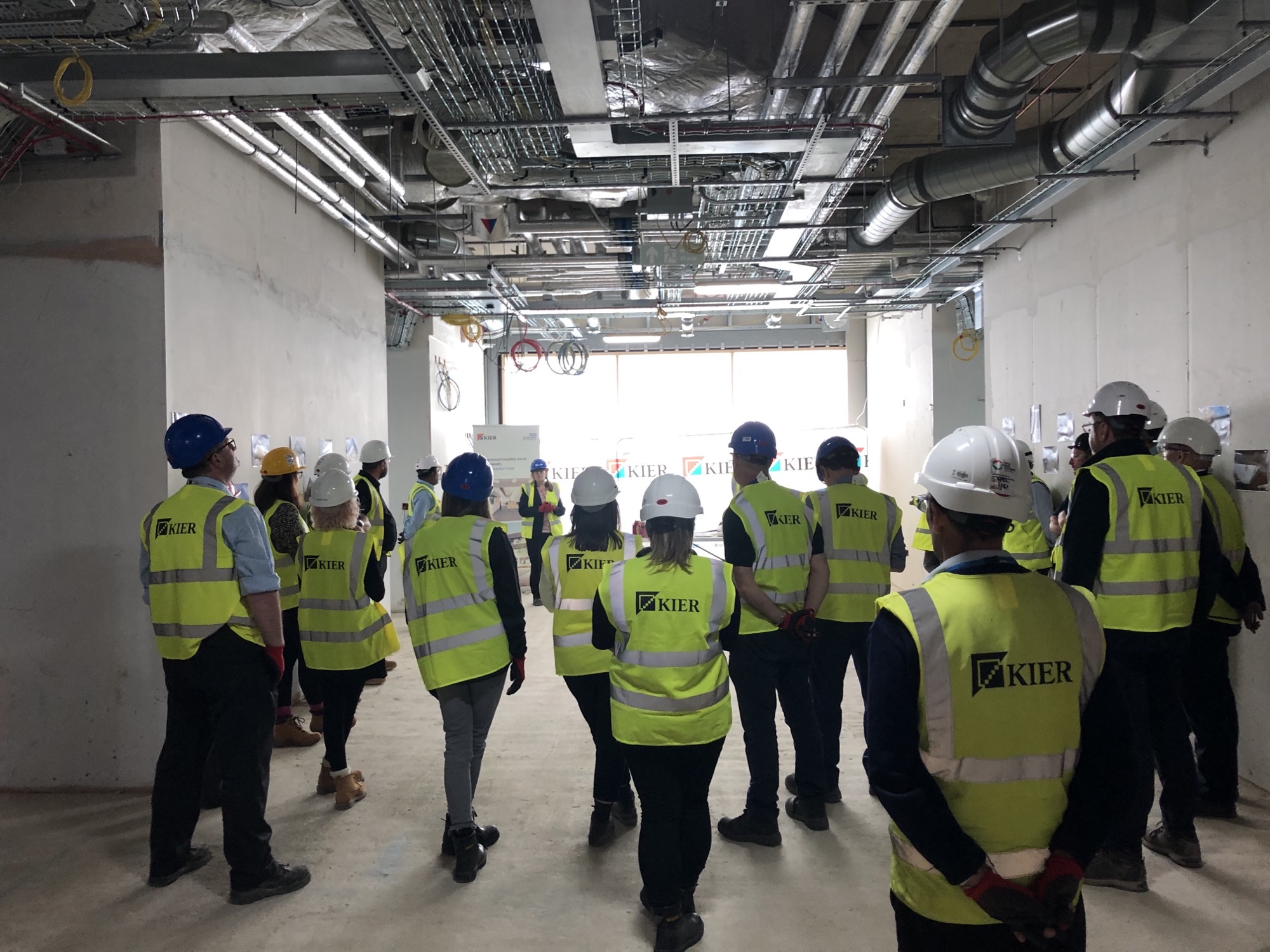Since its iconic use on the Empire State Building back in 1929, the use of curtain walling to bring natural light into a building has changed the way the building envelope is designed.
While an increase in natural light is a major benefit of specifying curtain walling, there are many more other reasons to choose it for a building facade. Here are some other reasons why you may want to choose it:
Aesthetics and design flexibility
One of the most obvious advantages of specifying curtain walling is the appearance of the building. Curtain walling provides a modern finish with clean lines and the systems are extremely flexible, giving architects and other specifiers the flexibility to create a building with a unique look.
While most curtain walling projects incorporate transparent glass, plenty of other materials can also be used, providing a huge range of choice in terms of colours, finishes and textures. For example, coloured opaque glass, metal and stone have all been used to great effect in curtain walling projects.
It’s not just the panels that contribute to the design flexibility of curtain walling. These systems can be used to create a variety of unusual shapes, such as curves or angles, as well as a more traditional straight-up-and-down appearance.
In addition, the system mullions, which form the vertical structural elements, and transoms (required for horizontal glazing support) can be designed to suit specifics aesthetic requirements. Structural requirements will need to take precedence in order to ensure stability and resistance to wind loads, but the size and appearance these elements can be designed to contribute to the overall look of a building.

Lightweight
Curtain walling is a lightweight option for a building envelope, and the structural components can be manufactured from a variety of materials to keep the weight down, while also ensuring design flexibility. For example, a curtain walling system with a hybrid aluminium-timber composite structure can provide the natural beauty of timber internally with the lightweight strength of aluminium.
Structural performance
Curtain walling systems may look fragile, since they’re typically made of glass, but they actually offer a high level of structural stability. They’re designed specifically to span multiple floors and can deal with factors like thermal expansion and contraction, water diversion and building sway and movement effectively.
Transparency
Specification to maximise the use of daylight has always been an important element of architectural design. As already mentioned, Curtain walling systems can bring natural light into difficult spaces,
This benefits occupants, by improving the quality of light in the building and it also helps to cut down on the amount of electricity required to keep the interior illuminated. Curtain walling also means that building occupants can enjoy wall-to-wall views outside, which can increase the perceived value of a property.
Thermal performance
The correct design and specification of a curtain walling system can result in a building envelope that provides a high level of thermal performance. This can contribute towards an improved BREEAM rating and help meet the energy efficiency requirements set out in the Building Regulations.
To find out more about how to choose a curtain walling system, check out our blog post about specification considerations. You can also see some of our hybrid curtain walling systems in place by looking through our case studies.




